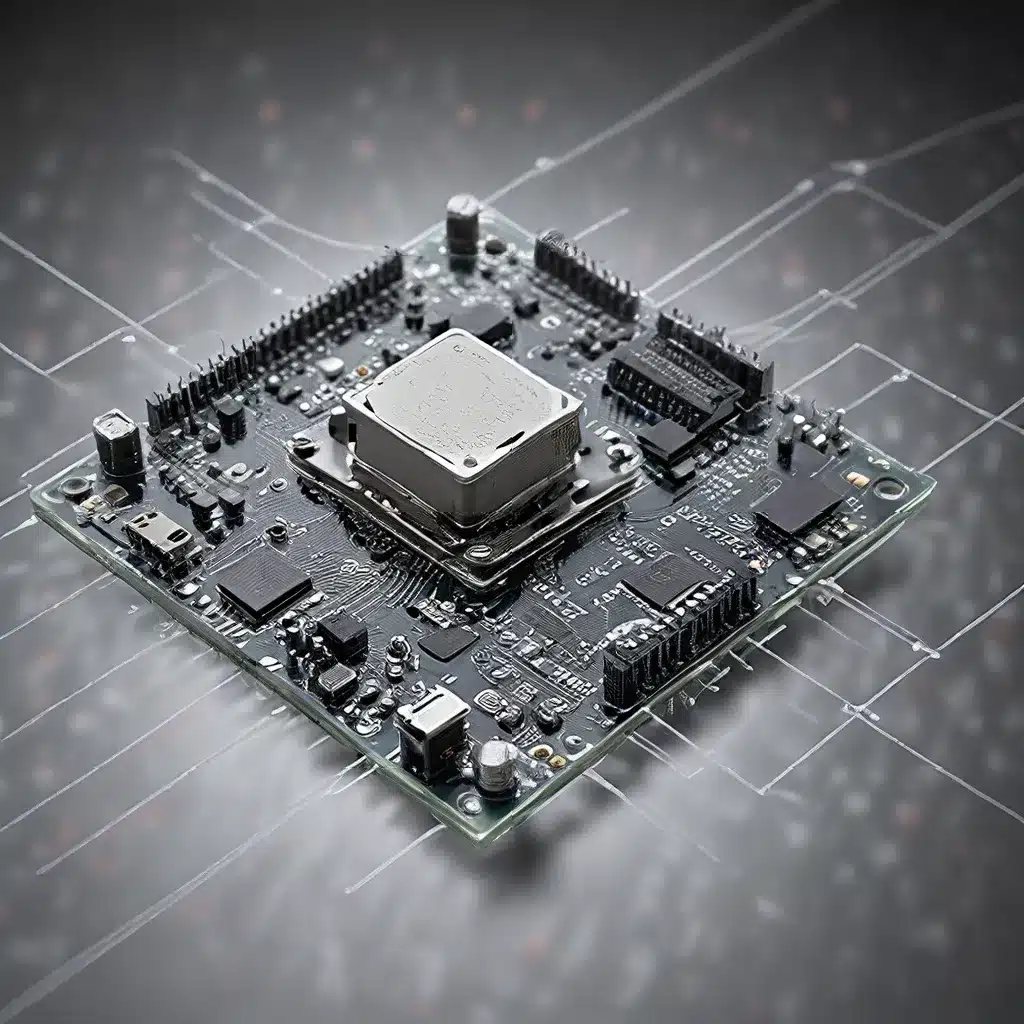
In the rapidly evolving world of technology, sensor networks and the Internet of Things (IoT) have emerged as the foundational pillars that are transforming industries, revolutionizing data-driven decision-making, and paving the way for a more connected and efficient future. As these advanced systems continue to permeate our lives, understanding the intricate principles of sensor network design has become increasingly crucial for professionals, researchers, and enthusiasts alike.
Navigating the Complexities of Sensor Network Topologies
Sensor networks can take various forms, each with its unique advantages and considerations. From the classic star topology to the more resilient mesh network, the choice of network architecture can have a significant impact on the overall performance, scalability, and reliability of the system.
In a star topology, a central hub or gateway coordinates the flow of data between the connected sensors, offering a straightforward and centralized approach. This topology excels in applications where low-latency communication and centralized control are paramount, such as in industrial automation or building management systems.
On the other hand, the mesh network topology leverages the interconnectivity of nodes, allowing for redundant communication pathways and enhanced fault tolerance. This approach is particularly well-suited for IoT deployments in challenging environments, such as remote or disaster-prone areas, where the network must remain resilient in the face of disruptions.
When designing a sensor network, it is crucial to carefully evaluate the specific requirements of the application, considering factors like scalability, energy efficiency, and data security. By understanding the nuances of different network topologies, engineers can make informed decisions that optimize the performance and reliability of their IoT solutions.
Powering the Future: Energy Management in Sensor Networks
One of the key challenges in sensor network design is ensuring the efficient management of energy resources. Sensors, often deployed in remote or hard-to-access locations, must operate reliably for extended periods without interruption. Energy-efficient communication protocols and adaptive duty-cycling strategies have emerged as effective approaches to address this challenge.
Low-Power Wide Area Network (LPWAN) technologies, such as LoRaWAN and NB-IoT, have gained traction in the IoT landscape due to their ability to enable long-range, low-power communication. These protocols prioritize energy conservation by leveraging techniques like duty-cycling, adaptive data rates, and low-power wake-up radios, allowing sensor nodes to minimize their power consumption while maintaining reliable data transmission.
Furthermore, the integration of energy harvesting mechanisms, such as solar, thermal, or kinetic energy harvesting, can help to extend the operational life of sensor nodes, reducing the need for frequent battery replacements. By combining energy-efficient protocols with renewable energy sources, sensor network designers can create truly self-sustaining and maintenance-free IoT systems.
Securing the Sensor Network: Safeguarding against Cyber Threats
As sensor networks become increasingly ubiquitous, the importance of robust security measures cannot be overstated. These systems, often deployed in public spaces or connected to the internet, face a growing array of cyber threats, including data tampering, unauthorized access, and denial-of-service attacks.
To address these security challenges, sensor network designers must adopt a multilayered approach, incorporating a range of cryptographic techniques, access control mechanisms, and anomaly detection systems. Secure boot processes, hardware-based root of trust, and end-to-end encryption can help to ensure the integrity and confidentiality of data exchanged within the sensor network.
Additionally, the integration of blockchain technology has emerged as a promising solution for enhancing the security and decentralization of sensor networks. By leveraging the immutable and tamper-resistant nature of blockchain, sensor data can be securely recorded, shared, and validated across a distributed network, reducing the risk of unauthorized tampering or data breaches.
As the IoT landscape continues to evolve, the importance of proactive and comprehensive security measures in sensor network design cannot be overstated. By staying ahead of emerging threats and implementing robust security protocols, organizations can safeguard their critical infrastructure and protect the privacy of their stakeholders.
Unlocking the Potential of Sensor Networks: Innovative Applications and Future Trends
The applications of sensor networks extend far beyond the traditional boundaries of industrial automation and environmental monitoring. These advanced systems are paving the way for groundbreaking innovations that are transforming various industries and improving the quality of life for individuals.
In the realm of smart cities, sensor networks are enabling the real-time monitoring of traffic patterns, air quality, and infrastructure health, allowing municipal authorities to make data-driven decisions and optimize urban planning. Similarly, in the healthcare sector, wearable sensors are revolutionizing patient monitoring, enabling early detection of health issues and facilitating personalized treatment plans.
Furthermore, the integration of artificial intelligence (AI) and machine learning (ML) algorithms with sensor networks has unlocked new frontiers of predictive analytics and anomaly detection. By leveraging the rich data generated by sensor networks, these advanced techniques can identify patterns, forecast potential issues, and optimize system performance, ultimately driving greater efficiency and cost savings.
As we look to the future, the convergence of sensor networks, IoT, and emerging technologies promises to unlock even more remarkable possibilities. The integration of 5G and edge computing will enable real-time data processing and low-latency communication, empowering sensor networks to support mission-critical applications. Additionally, the advancements in quantum computing and neuromorphic computing have the potential to revolutionize the way sensor networks process and analyze vast amounts of data, paving the way for unprecedented levels of intelligence and decision-making.
By staying informed about the latest trends and innovations in sensor network design, professionals and enthusiasts can position themselves at the forefront of this exciting technological landscape, ready to embrace the future and unlock the full potential of these transformative systems.
Sensor networks and the IoT are not merely enabling technologies, but catalysts for a more connected, efficient, and sustainable world. By understanding the intricacies of sensor network design, from energy management to security, and by exploring the innovative applications of these systems, we can unlock the secrets that will shape the future of our interconnected world.
To learn more about sensor networks, IoT, and related technologies, visit the sensor-networks.org website, where you can find a wealth of resources, expert insights, and community discussions.